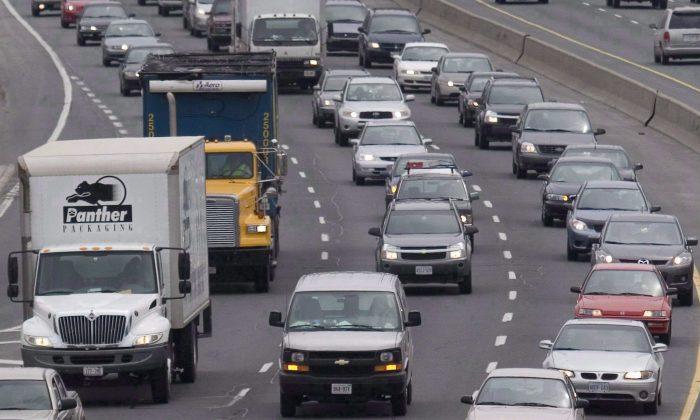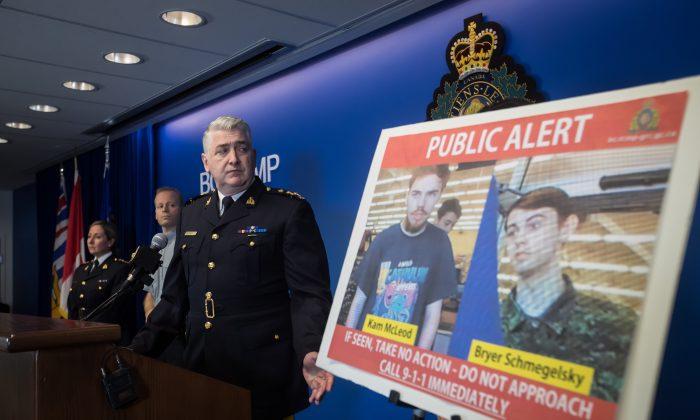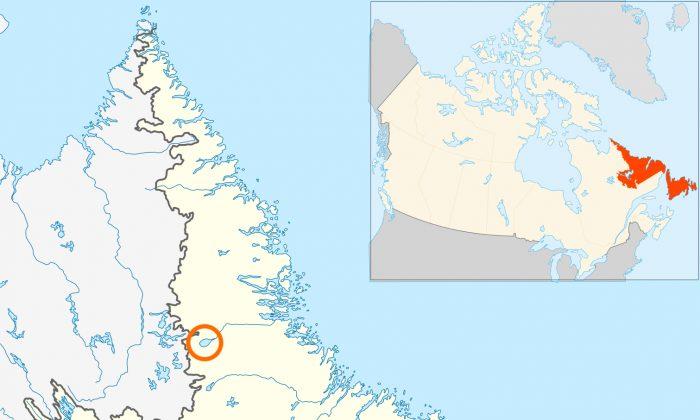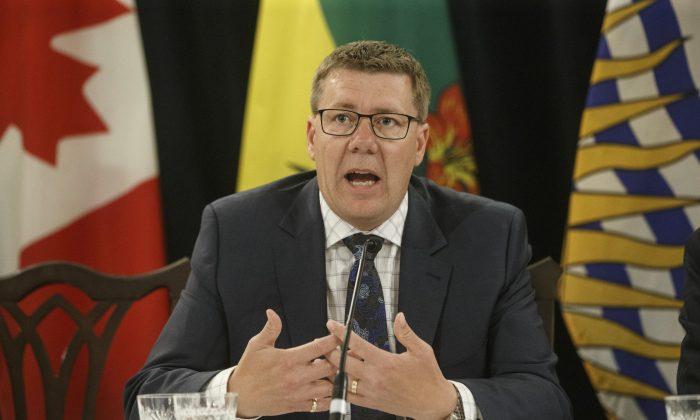The Ontario government is considering increasing provincial highway speed limits after reviewing the current legislation and consulting with the public, Transportation Minister Jeff Yurek said.
“We’re looking at doing a couple of pilot projects at different speed limits and then having the full consultation to make sure that’s the path Ontarians want to go,” Yurek told reporters Wednesday, according to the Toronto Sun.
The minister said a number of stakeholders had spoken up about reviewing the speed limits the province set in the 1970s.
“If you look back on the history of why speed limits were set where they were back in the ‘70s, there was an energy crisis. In order to conserve fuel, they lowered the speed limits on our highway system and it stayed that way ever since,” he said, according to CBC.
Yurek made the announcement ahead of the new Getting Ontario Moving Act that was introduced Thursday, May 2. More details will be released soon, Bob Nichols, media spokesperson for the Ontario Ministry of Transportation, said in an email.
“We will be providing details of our consultation, including with our enforcement partners about increased speed limits, in the next few days.”
Along with the consultation on highway speed limits, the government is also planning to hold a province-wide consultation for rules on bicycles, e-bikes, and scooters. The legislation proposes adding signage to prevent vehicles from entering bike lanes and bus terminals.
The government is also considering making it an offence to deface or removing traffic signs.
The new legislation includes tougher penalties for driving too slowly in the left-hand lane on highways and for speeding in construction zones or near tow trucks, as well as more protection for children who take school buses.
This allows children to cross the street when they are being picked up or dropped off.
To further deter people from driving past school buses, the new legislation proposes that the use of stop sign arm cameras be enough to prosecute drivers who blow by stopped school buses.
Yurek said in late April that currently, if a school bus driver can’t take a day off work to testify in court, the camera footage is inadmissible in court, according to the Canadian Press, but the new legislation aims to change that.
“Once the infraction is caught, you no longer need to have the driver going to court, taking a day off work to go testify that so and so blew by the bus,” he said, according to CBC. “You can use the camera.”





